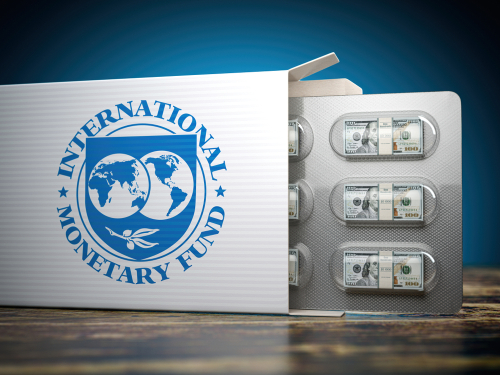This site uses cookies to provide you with a great user experience. By using BondbloX, you accept our use of cookies.
| | | | | | | | | | | | | | | | | | | | | | | | | | | | | | | | | | | | | | | | | | | | | | | | | | | | | | | | | | | | | | | | | | | | | | | | | | | | | | | | | | | | | | | | | | | | | | | | | | | | | | | | | | | | | | | | | | | | | | | | | | | | | | | | | | | | | | | | | | | | | | | | | | | | | | | | | | | | | | | | | | | | | | | | | | | | | | | | | | | | | | | | | | | | | | | | | | | | | | | | | | | | | | | | | | | | | | |
Bond Market News
Maldives Downgraded to Caa1 by Moody’s
August 18, 2021

The Government of Maldives has been downgraded to Caa1 from B3. The outlook is revised to stable from negative. The rating action applies to the long term foreign currency as well as to the senior unsecured notes issued by its SPV Maldives Sukuk Issuance Limited. The downgrade reflects a deterioration in fiscal strength mainly as its debt has soared since the onset of the pandemic. Further, high fiscal deficits, which are likely to continue in the future could lead to greater commercial borrowing at higher interest rates. While the rating agency acknowledged the uptick to the liquidity of the island nation due to the refinancing of it’s $250mn 7% 2022s (outstanding amount ~$58mn) through a $300mn 9.875% 2026 sukuk, tourism recovery and bilateral support from friendly nations including China and India, it viewed the debt burden to be very large. Moody’s said, “Even with a robust rebound in tourism arrivals in the coming quarters, the debt burden will only gradually decline on expectations that the government will maintain an expansionary, investment-driven fiscal policy that will repeatedly test the government’s access to a diverse set of funding sources.”
The nation has witnessed a 32% contraction in real economic output in 2020 following the closure of borders to tourism from March to July 2020 while it’s expenditures increased to 50% of GDP from 33% in 2019. Though its GDP is expected to rise 19% in 2021 and 14% in 2022, the debt burden is expected to reduce only to 107% of GDP by 2024 from current levels of 117%. Although its revenues have remained stable as a percent of GDP, debt to revenue has surged to 444% in 2020 from 234% in 2019, and is expected to remain above 400% through 2023. A rating upgrade hinges on the improvement in the fiscal trajectory which would reduce the government borrowing requirements, economic diversification reducing reliance on tourism and multilateral financing at affordable rates.
Maldives 7% 2022s and 9.875% 2026s were stable at 99.2 and 103.85 respectively.
For the full story, click here
Go back to Latest bond Market News
Related Posts:
Maldives Raises $200mn via 5Y Sukuk at 10.5%
March 30, 2021

Colombia to Repay $1.29 Billion of Bonds Early
February 17, 2021







